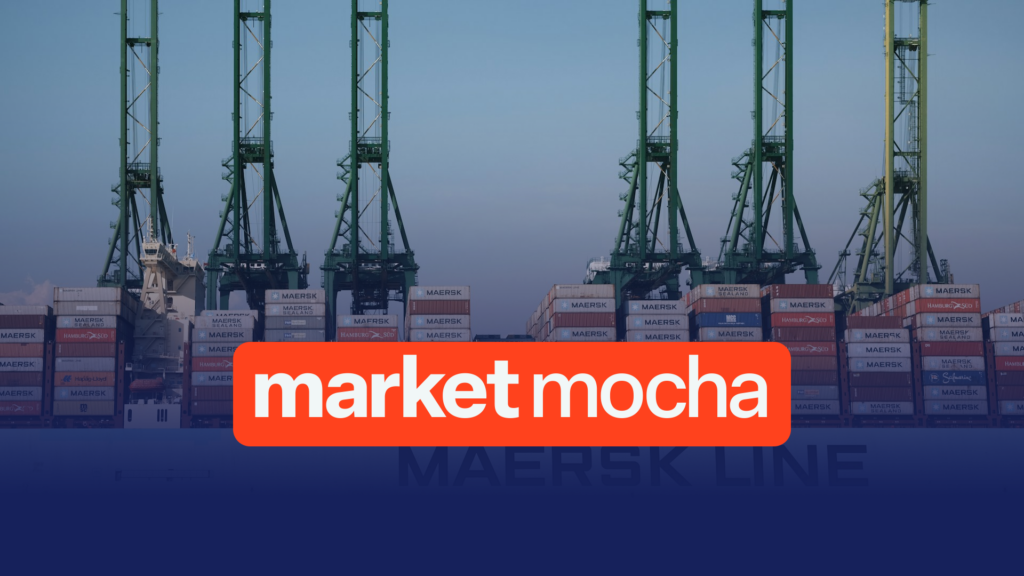President Donald Trump’s sweeping “reciprocal” tariff announcement — with levies as high as 49% — has sent markets reeling and triggered broad disruptions across sectors, economies, and industries. The new tariffs, aimed at recalibrating US trade relations, have affected everything from home mortgages and semiconductors to beef exports and the luxury goods market. Some sectors have found relief or even benefited, but for others, the hit has been severe.
Here is a breakdown of the biggest winners and losers in the wake of Trump’s latest move.
Winners
Australian home buyers
Markets are now betting heavily on rate cuts from the Reserve Bank of Australia. Trump’s tariffs are expected to slow global growth without sparking inflation, bolstering the case for monetary easing. The result: lower mortgage rates and increased borrowing power. That’s good news for current homeowners and those entering the market.
Bullion holders
Gold surged to a record US$3160 an ounce, driven by investor demand for safe-haven assets amid global volatility. Bullion was one of the few commodities exempted from tariffs, preserving its appeal in uncertain times.
Semiconductors and AI infrastructure
The semiconductor sector emerged largely unscathed. Despite Taiwan facing a 32% tariff, Taiwan Semiconductor Manufacturing Company (TSMC) was specifically exempted, as were semiconductor products more broadly. TSMC, a key supplier to NVIDIA and indirectly to AI platforms like OpenAI and Google, recently committed US$165bn to expand chip operations in the US. Dutch equipment supplier ASML, crucial to chip fabrication, also appears exempt despite the EU’s 20% tariff burden.
Exempt industries
Several sectors were spared, including pharmaceuticals, copper, lumber, energy (oil and gas), and critical minerals. These exemptions provide temporary relief to industries with global supply chains. Steel, aluminium, and foreign vehicles—already facing pre-existing tariffs—remain unaffected by the new wave.
US-based carmakers with high domestic content
Tesla, Honda, and certain Ford and GM models with high US content stand to benefit from the 25% tariffs imposed on non-US-assembled cars. Tesla’s Model Y and Model 3 Performance variants, with over 85% domestic content, may become more competitive relative to foreign alternatives.
European utilities
Traditionally viewed as defensive investments, European utility stocks bucked the downward trend. Shares in France’s Engie have risen 2.63% and Spain’s Iberdrola 3.19% 3% as investors seek safer assets amid widespread uncertainty.
European currencies
The euro and British pound surged, hitting six-month highs against the US dollar. The euro gained 1.58% to US$1.1024 on Thursday, as traders reallocated funds away from the US amid fears of recession and capital outflow.
Losers
Global markets
The ASX lost $26.2bn by Thursday lunchtime and fell 1.1%, but closed out the day 0.94% lower at 7,859.73 points. The materials sector closed 5.46% lower, Energy lost 4.85%, Information Technology lost 4.13%, REITs lost 1.95%.
In the US, the Nasdaq has dropped nearly 6%, with Tesla down 5.47%, Apple 9.25%, and Amazon nearly 9%. Asian markets and the Nikkei fell sharply. The US dollar recorded its worst day in over two years.
US investors and consumers
Stocks are plunging and inflation concerns are mounting. Research suggests that tariffs already in place could cost American households an extra US$1200 annually. The de minimis loophole—allowing duty-free e-commerce imports under US$800—was closed, introducing new charges of up to US$50 per item by June. This hits consumers of platforms like Shein, Temu, and even Amazon.
Beef exporters
Australia’s beef industry is one of the hardest-hit. A 10% tariff on Australian beef comes after Trump criticised the country for banning US beef since 2003 over mad cow concerns. Retaliation from Japan and South Korea, which import significant volumes of US beef, could shift demand toward Australian grain-fed meat, but in the short term, exporters face a serious setback.
Asian manufacturing economies
Cambodia, Vietnam, Indonesia, Taiwan, Bangladesh, and others have been hit with the steepest tariffs — ranging from 32% to 49%. These countries became alternative manufacturing hubs after companies shifted out of China during the earlier US-China trade war. Now, they’ve been caught in the crossfire.
E-commerce platforms and retailers
The biggest e-commerce losers include Amazon, which recently launched a budget platform to compete with Shein and Temu. Chinese sellers, previously shielded by the de minimis exemption, accounted for over 50% of Amazon’s marketplace. That advantage is now fading fast.
Luxury goods and auto exporters in Europe
Luxury brands like LVMH, Burberry, Kering, and Richemont saw their stocks slump, with revenue exposure to the US ranging from 20% to nearly 50%. Germany’s auto sector also took a blow. Companies like Volkswagen, Mercedes-Benz, and BMW now face a 25% US tariff on imported vehicles. With Germany being the EU’s largest exporter to the US, the implications are profound.
Shipping and logistics
Shipping giants Maersk, Hapag-Lloyd, and DSV each fell between 6% and 9.5%. These companies depend on healthy global trade volumes, and the outlook has darkened sharply. Danish company Maersk warned of mounting customer caution and global economic fragility.
European banks
The Stoxx Banking Index fell 4.5%, its worst performance in two years. Standard Chartered, with heavy exposure to Asia, has dropped 13.32%. HSBC has 7.66%. Fears of global recession and trade wars are putting additional pressure on financial institutions.
US stock market itself
Paradoxically, the US — the architect of these tariffs — appears among the biggest losers in financial markets. Investors have responded with deep sell-offs and sharp rotations into non-US assets. The S&P 500 and Nasdaq had already fallen in 2025 before this week’s announcement, and now face intensified headwinds.

